The competitiveness of the BC forest industry, and market and fibre challenges facing the sector over the next few years, were front and centre in two of the ABCFP’s breakout sessions at their annual meeting in Kamloops last week.
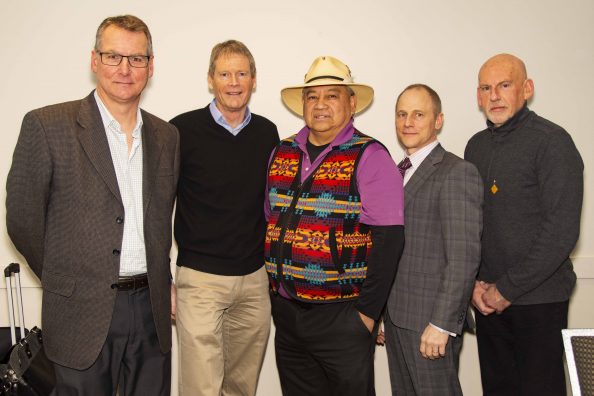 On Friday, the “Healthy Forests Need a Competitive Forest Sector” panel was moderated by Interfor’s Brad Bennett.
On Friday, the “Healthy Forests Need a Competitive Forest Sector” panel was moderated by Interfor’s Brad Bennett.
Despite stable housing starts and rising spending on repair and maintenance, ERA’s Kevin Mason is fairly negative on the near future, given the likelihood of a US recession, uncertainty over US political and trade matters, and fibre supply limitations in BC. Nick Arkle credits Gorman’s success on its value-added focus and right-log-to-right-mill preoccupation but is worried that rising log prices and uncertainty over fibre supply in areas under caribou review, will override industry’s ability to prevent mill closures. Splatin Chief Wayne Christian spoke to the need to protect BC’s water resources and blend western and traditional knowledge to improve the health of our forests.


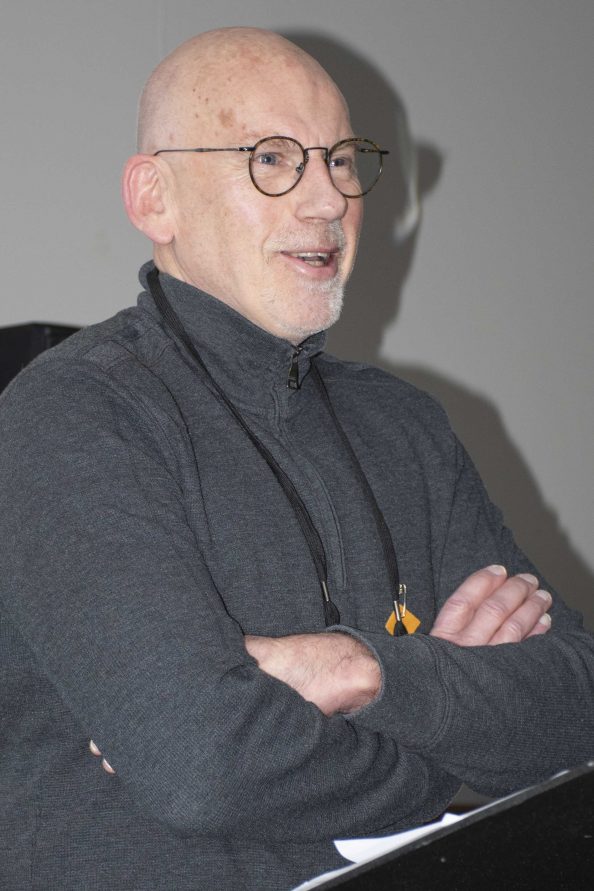
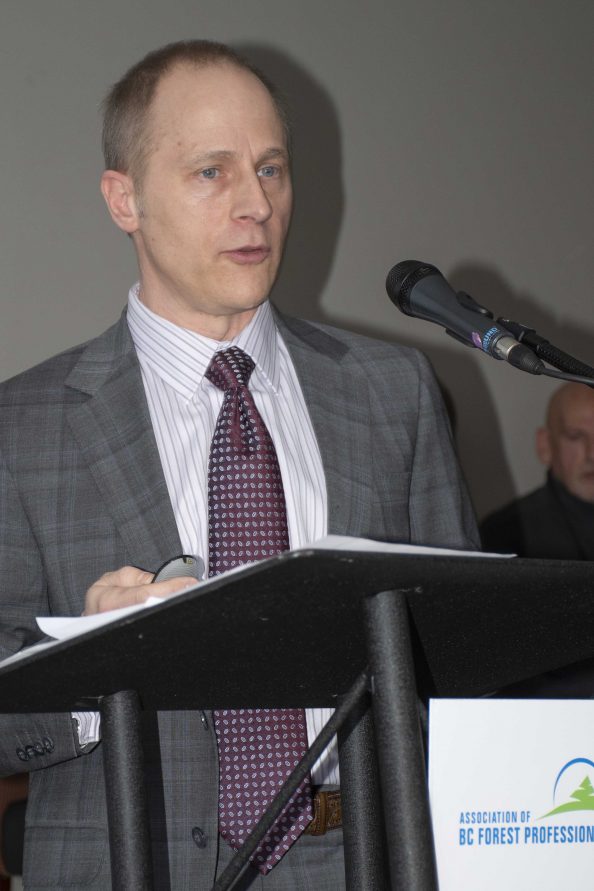 Finally, John Allan, BC’s Deputy Minister of Forests, spoke of the government’s top priorities; the economy and reconciliation with First Nations. This includes actions leading to more meaningful participation by First Nations in the forest economy, and coastal and interior revitalization efforts. With respect to these and other initiatives that might negatively impact the forest economy, Allan says “the world has changed and the best way forward is for the sector to get on board and find new ways of working together”.
Finally, John Allan, BC’s Deputy Minister of Forests, spoke of the government’s top priorities; the economy and reconciliation with First Nations. This includes actions leading to more meaningful participation by First Nations in the forest economy, and coastal and interior revitalization efforts. With respect to these and other initiatives that might negatively impact the forest economy, Allan says “the world has changed and the best way forward is for the sector to get on board and find new ways of working together”.
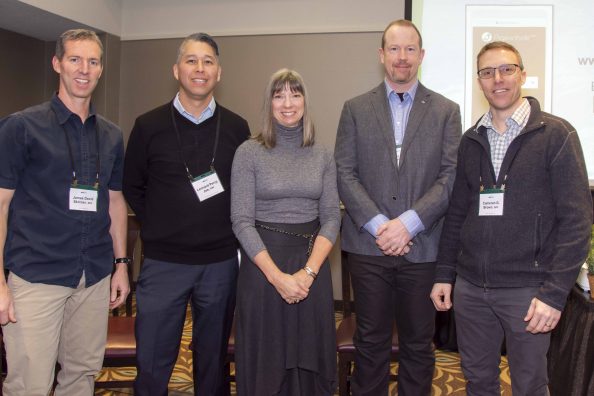 The second panel, moderated by Forsite’s Cam Brown, focused on one of the most important decision processes for industry and government—the Timber Supply Review (TSR) and the setting of the annual allowable cut. In response to how the current TSR process can better ensure forest health, Jeff Mycock (West Fraser) spoke of the value of partitioning the cut by forest type. On the separation of the establishment of an AAC from strategic forest management decisions,
The second panel, moderated by Forsite’s Cam Brown, focused on one of the most important decision processes for industry and government—the Timber Supply Review (TSR) and the setting of the annual allowable cut. In response to how the current TSR process can better ensure forest health, Jeff Mycock (West Fraser) spoke of the value of partitioning the cut by forest type. On the separation of the establishment of an AAC from strategic forest management decisions, 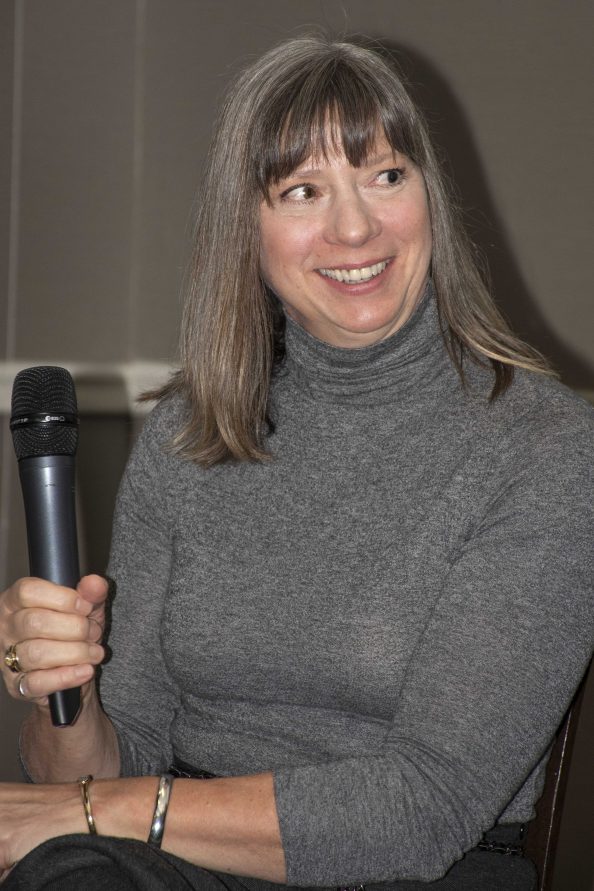 Diane Nicholls (BC’s Chief Forester) spoke of the importance of ensuring the AAC assumptions match forest practices on the ground; and where they diverge significantly, government’s ability to shorten the time frame between AAC reviews.
Diane Nicholls (BC’s Chief Forester) spoke of the importance of ensuring the AAC assumptions match forest practices on the ground; and where they diverge significantly, government’s ability to shorten the time frame between AAC reviews.
Notwithstanding the logic in the above, Tolko’s Jamie Skinner spoke of the many operational constraints and overlooked considerations facing planning foresters, and how they create pressure for planners “to go elsewhere”. Skinner says there is not a one-to-one relationship between the TSR plan and a cut block, which suggests a shorter term review process is required. Lennard Joe (Stuwix Resources) spoke on how First Nations can best contribute to the TSR process via strong relationships, shared decision making and long term/high-level planning.
Check back for more highlights of the ABCFP conference, including panels on climate change adaptation, youth education, women in forestry, and lessons learned in the wildfire aftermath.